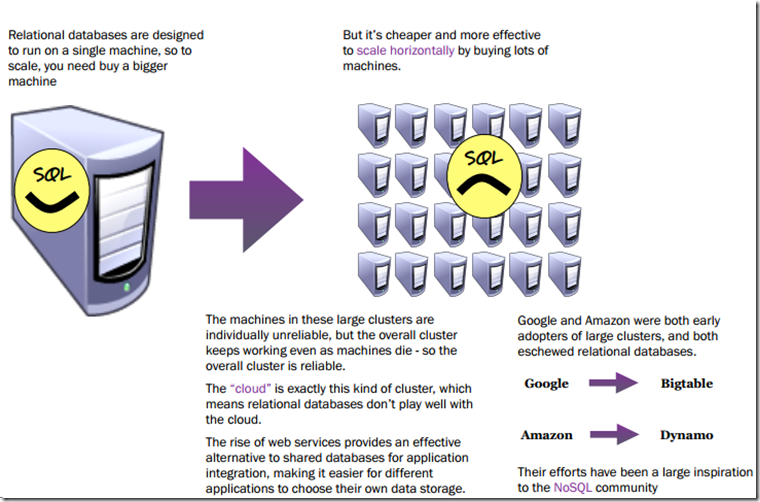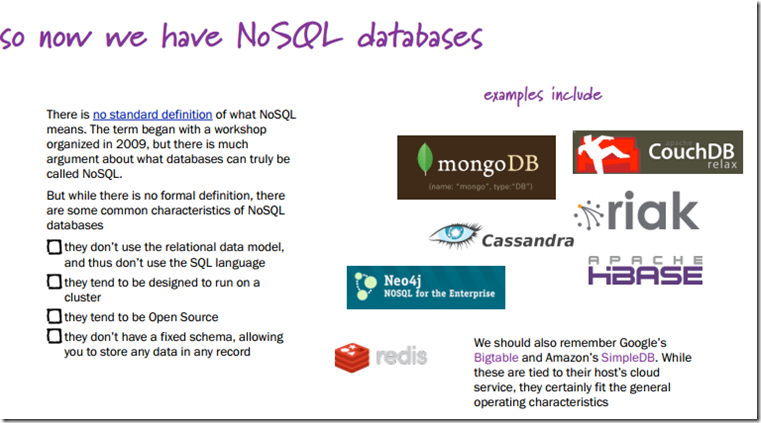For some standard IDOC, Sometimes, SAP team would hesitate to release all the segments due to maintenance overheads,
On the BizTalk side, To enable us to work with these Idoc’s we need to follow the below steps:
In the importing of the schema
Change the properties: GenerateFlatFileCompatible, ReceiveIdocFormat and FlatFileSegmentIndicator
Add the extension Flat File Extension to the schema generated
In the configuration of the receive port
Change the handling of the message body to a specific XPath
Use a pipeline with a Disassemble stage configured to use a Flat File Disassembler
Change the ReceiveIdocFormat property
Beyond the configuration steps above, we need to create one pipeline to each Idoc or at least add one more component in the Disassemble stage of the receiving pipeline for each Idoc.
I also looked if this schema generated in this specific way, is going to work even in case the SAP team does not release all the segments..
These are the configurations I did on the Receive Location:, Note ReceiveIdocFormat should be “String” not Typed (There is a mistake in the screenshot)
-


Where Path = “/*[local-name()=’ReceiveIdoc’]/*[local-name()=’idocData’]”
For the schema importing process you should change the following properties:


